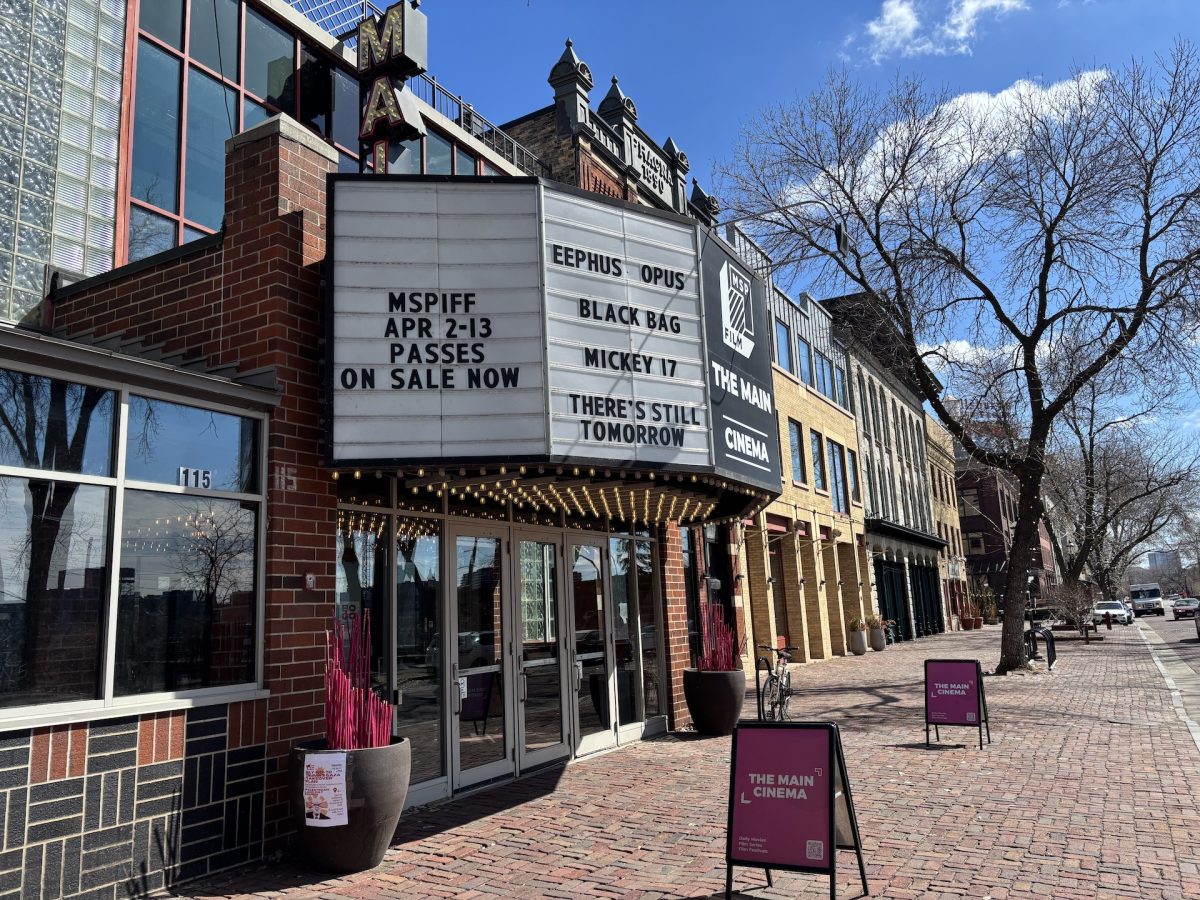When we, the little people, confront an unthinkable wrong, our neurological systems revert into what is known conversationally as coping mechanisms. Some binge on nachos; others feverishly weed the garden. Many turn to familiar films.
We are able to weather unprecedented adversity by taking therapeutic notes from protagonists who confront their own seemingly insurmountable problems with increasingly creative survival methods. In 1971’s “Fiddler on the Roof,” the embattled Tevye the Milkman discovers solace from brutal pogroms in folk songs. “As Good As It Gets,” made in 1997, finds frustrated romance novelist Melvin Udall counting the number of times he locks a door. In similar fashion, the citizens of the imaginary town of Northfork, Mont., come to terms with the state-sponsored obliteration of their community via transcendentalist mysticism and tremendously odious puns.
The story is set in an abandoned orphanage, where a delirious, haggard priest named Father Harlan (Nick Nolte) is doing his best to care for Irwin (Duel Farnes), a near-dead, 8-year-old boy. Harlan rambles to his sickly charge that the city is being evacuated by decree of President Franklin D. Roosevelt in order to make way for a gigantic dam that will help bring the miracles of electricity to rural areas. Irwin’s feverish hallucinations convince him that angels will soon come, both to heal his battered body and to save the doomed town from the fast-approaching flood.
Written and directed by identical-twin brothers Mark and Michael Polish, “Northfork” completes their celebrated trilogy of Americana that also encompasses 1999’s “Twin Falls Idaho” and 2001’s “Jackpot.” The movie’s bleached, washed-out film stock gives the appearance of a third-generation colorized picture converted hastily into black-and-white. However, the naturally dazzling scenery effectively produces the vacant, forlorn feeling you get when making a last tour of a treasured apartment you are reluctantly leaving.
Montana becomes a sort of forgotten elephant graveyard converted to bury people foolish enough to cling onto antiquated, quickly disappearing memories of love, property rights, religion or health rather than the “progress” of FDR’s work programs. The impeccably attired, jarringly stoic government henchmen enticingly offer downy white wings as an incentive for the last hold outs to leave and escape to higher ground. One member of the evacuation team drolly insists that “there’s nothing fowl about these wings.”
But there are no ironclad judgment calls here, as even the upper-middle-class removal teams are battling among themselves to meet an unfeasibly high quota of 65 evacuees in order to win a coveted reward of 1.5 acres of prime lakefront property. “Northfork” is simultaneously a crudely hand-made prairie folk tale about the fear of change and a ponderous meditation on free-market economics. The lethargic pacing and off-kilter pop cultural references (such as Gary Coleman) are highly reminiscent of two other surrealist cineaste brothers – the Coens. Minus the kidnappings.
At times puzzling and peculiar for its own sake, this ultimately coy and subtle treatise on the violent domestication of the West is unequivocally affecting. A murky, compassionate theology offers Northforkians and the audience salvation, freedom, hope and comfort from the onslaught of Western consumerism. We forgive the numerous non-sequitors, look past the atrocious one-liners and quit wondering aloud why angels apparently prefer to dress in Victorian-era costumes. In the end, we remember a truly original, American gothic dreamscape where the individual can stand up to a state wholly determined to blot out and reinvent our maps and our history. Style never eclipses substance – it doesn’t feel any better than that.
“Northfork” is now showing at the Lagoon Cinema. For show times, please call (612) 825-6006.
Nathan Hall welcomes comments at nhall@mndaily.com







